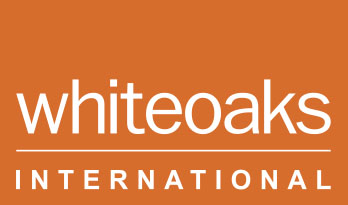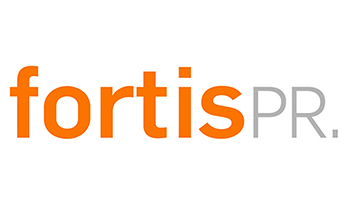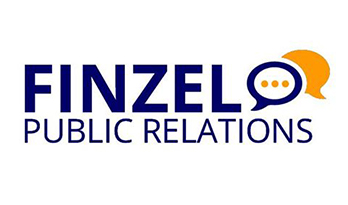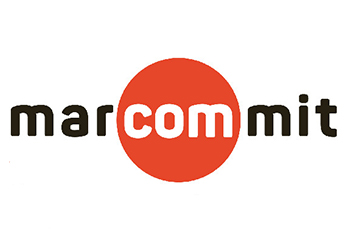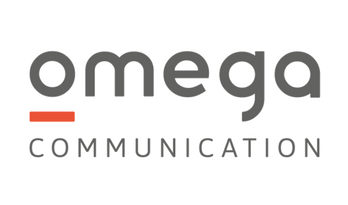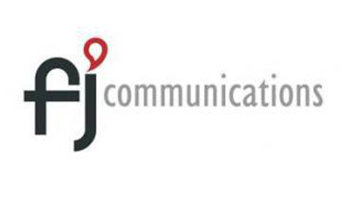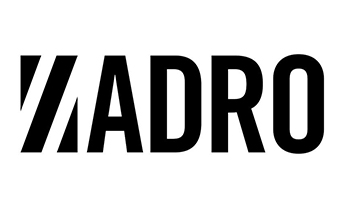What skills do leaders need right now?
2020 has delivered an arsenal of inspiration for memes. I like the one where an enormous chicken arrives on a beach and the caption says, What now July? It makes you laugh in that way where you might just start crying at the same time.
For leaders, the COVID-19 pandemic has struck us right in the guts. We have had to be fleet-footed on the quicksand underneath us, watch out for what was coming overhead and all the while, keep our teams informed and engaged. Leadership in calm waters is one thing – working collaboratively and in consultation, executing profitable plans, driving stakeholder returns and leading strategy – however right now, these are not the only skills leaders need.
So, what are the skills that leaders need in 2020, a world in which we are facing and still bracing for the largest global pandemic in living memory?
Quick siphoning of information
Good leaders are avid readers for they take their inspiration and information from the world through a variety of sources. There is no limit to the information available. However, the skill lies in working out what is useful, and what isn’t. Being able to analyse information and understand the bias, agenda, political persuasion or just grand-standing, is key to absorbing the information that will help and not hinder. Leaders need to be quick thinking to remove the information and the sources that aren’t useful or true – for it can cloud judgement and impact decisions.
Clear communication of information
In ‘normal’ times, leaders might have people to support and craft their communication. Meeting agendas and presentations are planned, there are multiple drafts of newsletters, and media release quotes are carefully honed. However, in a crisis, with things changing so rapidly, there just isn’t time.
A leader must have exceptional communication skills – interpersonal, written and public speaking – as well as an understanding of the mechanics of communication to both construct and deliver messages appropriately for their audience and context. In crisis, internal and external stakeholders are more stressed, critical and demanding of information. A leader needs to rise to this challenge.
Understanding how culture works
There is no greater time to reinforce or destroy your company culture than during a crisis. Leaders might think that their staff will give them some grace in a crisis, but the opposite is often true. Especially during a crisis, people turn to their leaders for guidance and direction, and behaviour in accordance with the company values, goals and mission statement. How leaders ‘approach their work’ in a crisis, such as solving problems, making decisions, achieving goals, etc., is exactly what staff think they should be doing: ‘that is why they get paid the big bucks!’ Staff want to be proud of their leaders and hold them in great respect, so the behaviour of leaders in times of stress will be under the microscope and will be the topic of discussion for a long time to come. i.e. ‘They say they value honesty, but when COVID-19 hit, they lied about when we were to be let off, and we couldn’t get any information.’ Leaders be warned.
Empathy
As the leader, it is your job to be empathetic to the needs of your team and those impacted by the crisis. Making decisions (often hard) needs to be done with care and compassion for how it will land with the people affected; this is important for the person or persons impacted, as well as how the wider team see you manage these situations.
In crisis, and in some companies, empathy seems to be a one-way street, and seldom is the leader’s own mental and emotional health checked on by the team. Hopefully you have developed a culture and built a team where this is a two-way street.
An example of empathetic leadership which particularly stood out for me was Jacinda Arden, Prime Minister of New Zealand, giving herself and her team a 20% reduction in salary[1] even though their workloads would have at least tripled during COVID-19. This demonstrated great understanding and standing in solidarity with her people.
Managing the responsibility load
Many organisational charts have one person at the top, and in small and medium size businesses especially, the ethical, legal, financial and strategic responsibilities of the company often rest on the shoulders of one person. This is tough, and as they say, ‘it can be lonely at the top’. COVID-19 has put enormous pressure on leaders to make big, hard, challenging and emotional decisions about everything from the cost of toilet paper to negotiations with banks, to the management of personnel. I know many business owners who have rethought entire product lines, dissolved partnerships, let staff go, stopped projects, re-thought tax strategies, relinquished leases and more – all within the space of six weeks. It is a lot. And carrying the responsibility load – especially when there is no end in sight – is particularly draining. It might seem glib to mention self-care at this point, however, it is vital to the sustainability of a leader’s ability to lead and manage the burden. Companies also would do well to look after their leader’s emotional health right now, burn-out is just around the corner.
Courage
Courage is often misunderstood as not being scared or put off by adversity. However, courage is in fact being scared but doing it anyway. Even if you have a good team around you, the research has been done, and the insights and strategy determined, there is always a moment in time, a pause, in which everyone stands around the metaphorical red button where the leader is standing, waiting for her hand to come down and press ”go”. ‘Let’s do this’ they say. And then everyone breathes again and gets on with it. This must happen thousands of times a day and yet it is the courage of the leader, the one/s with the ultimate responsibility for the team, to make that final call. Fear is a perfectly normal response to making change and taking action, but courage, the ability to step through and do it anyhow will make things happen and in the case of COVID-19 – fast.
Many leaders going into the COVID-19 crisis may have had these skills already in their kit, but for others we’ve had to find them along the way – these are lessons we’ll always remember in a year we’ll never forget.
For all the leaders who have spent money on innovations, and new products and services not knowing if it was going to work, who’ve laid off people, taken a completely different direction, changed markets, reimagined their business or just kept showing up, thank you for your leadership. Together with your teams, you will work hard to find a new reality in and amongst coronavirus, because that is what true leaders always do.
[1] https://www.theguardian.com/world/2020/apr/15/jacinda-ardern-and-ministers-take-20-pay-cut-in-solidarity-with-those-hit-by-covid-19

